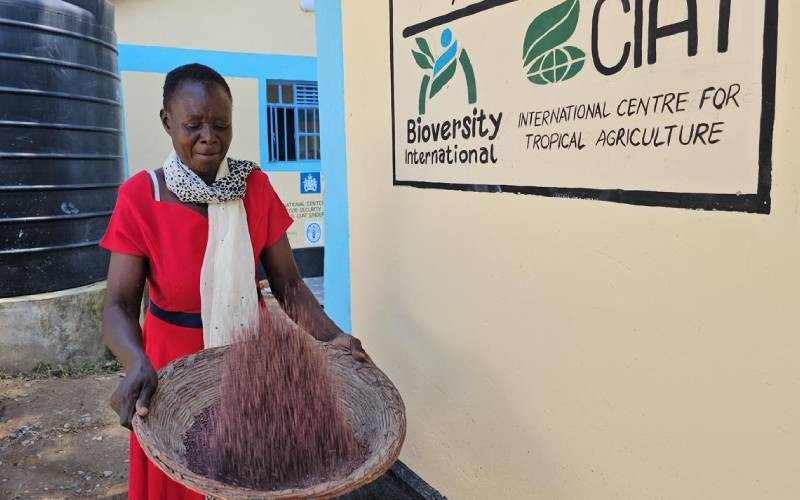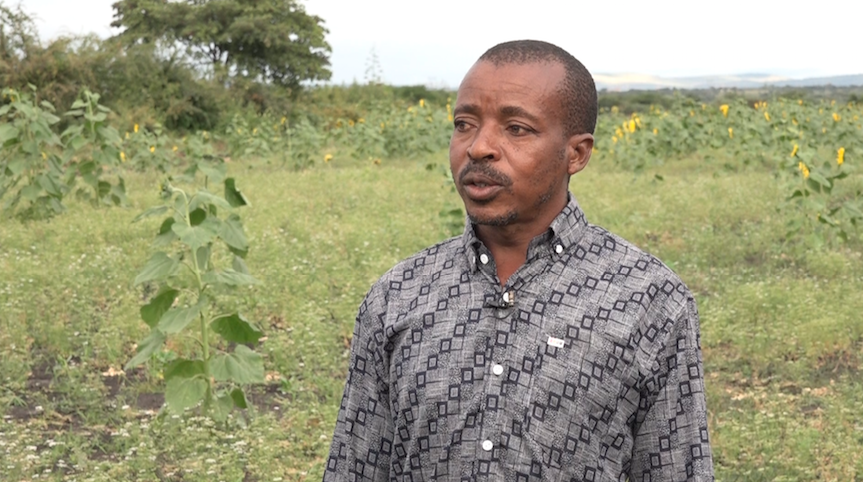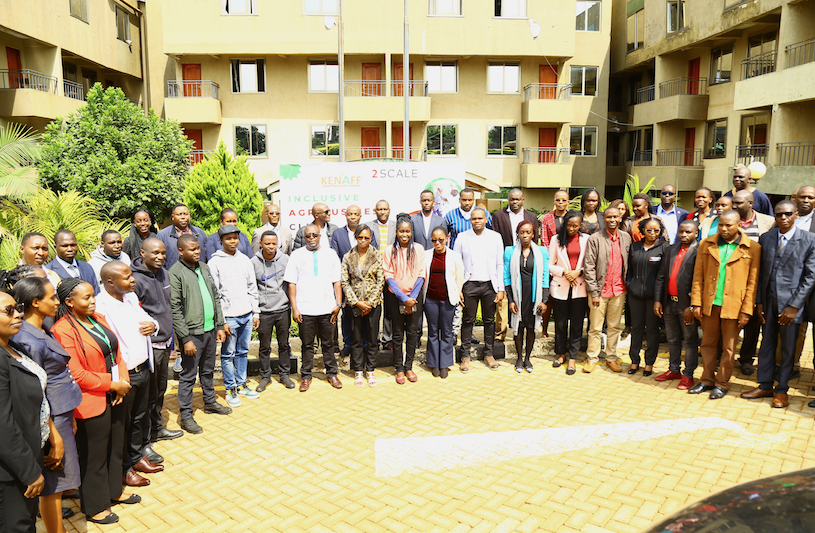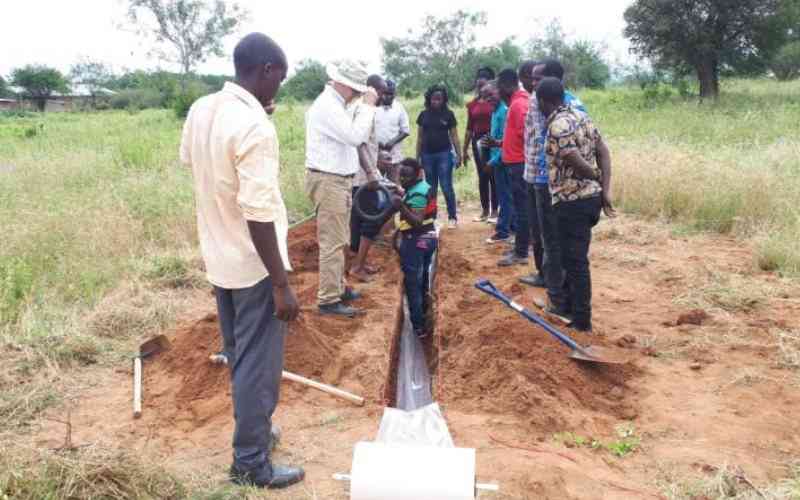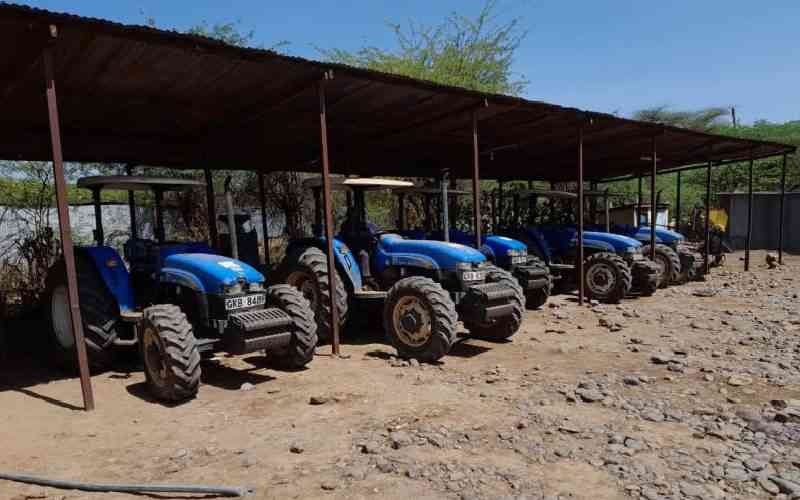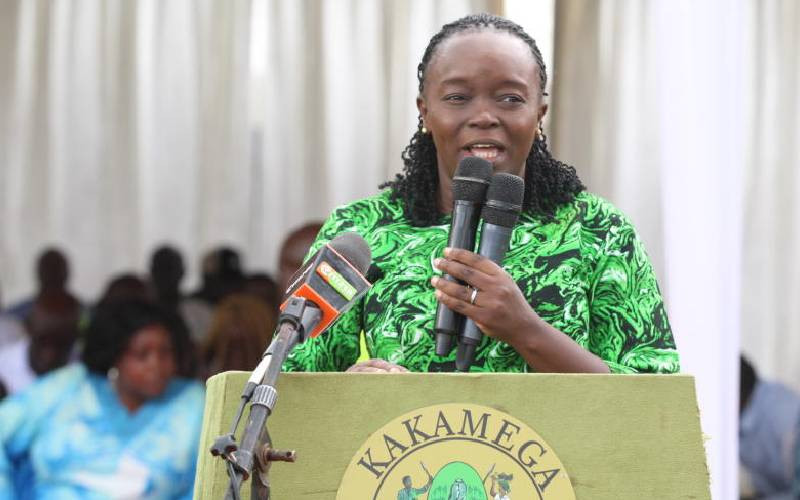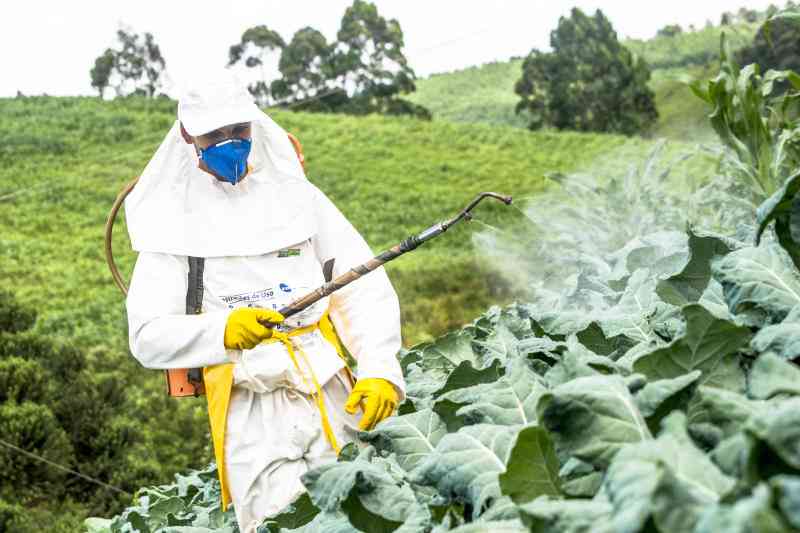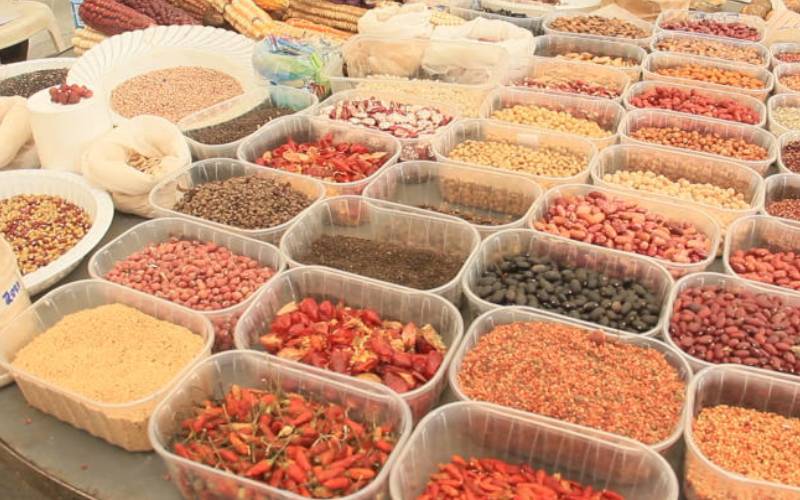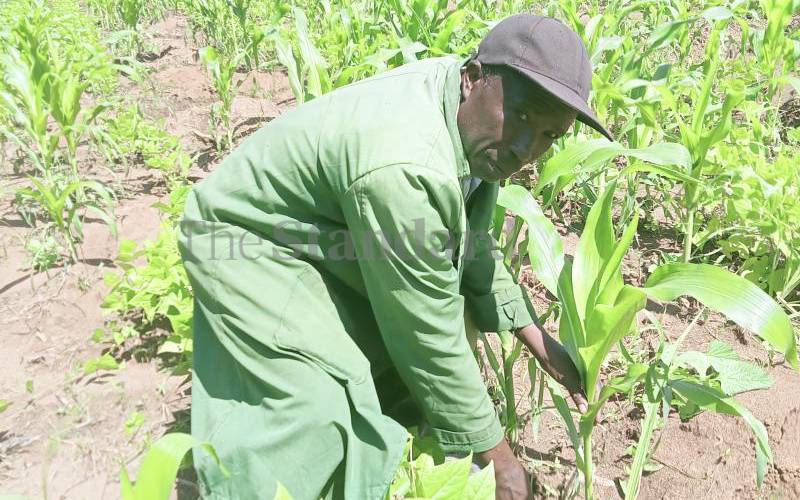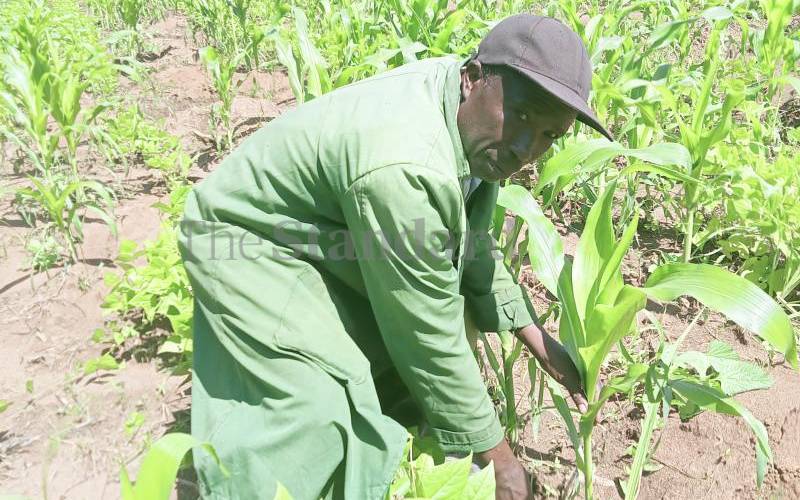
Like many a farmer in Mumias East Constituency, Sixtus Tiemeri Musebe has not heard of Jagadish “Jaggi” Vasudev (Sadhguru).
But one thing he and the Indian spiritual leader agree on is that soils are losing fertility and need to replenished. “Since the sugarcane sector went under, I shifted to cultivating maize, napier grass and bananas. The harvest is not as good because the soils have been depleted courtesy of mono-cropping. My three-acres had not known another crop since 1960s when I was a contracted sugarcane farmer for Mumias Sugar Company,” says Musebe.
In 2018, he benefitted from an NGO campaign that did soil restoration by giving farmers in Migori, Siaya, Kakamega, Kisumu, Nandi, Vihiga, Bungoma, Busia and Homa Bay traditional soil neutraliser lime.
This, according to soils scientist Dr Caroline Kundu, was to help neutralise acidity and improve yields following outcry from farmers who had quit growing sugarcane.
“Soil acidity causes an increase of exchangeable aluminium, which masks plant roots and prevents uptake of phosphorus, calcium and magnesium and even inhibits root growth,” says Dr Kundu, also Kenya Agricultural and Livestock Research Organisation deputy director.
“There were low yields due to, among other things, poor soil structure, limited supply of soil nutrients and acidity of soil,” Dr Kundu said.
The problem was at its peak between 2014 and 2018, when there were more cases of people encroaching on forest lands to farm, knowing soils in the forests were more fertile.

Dr Kundu attributes the trend to organic content in forest soils, saying for optimum harvests, any soil must contain a minimum of 3 per cent to 6 per cent organic content.
Sadhguru who spoke at the ongoing 15th Conference of the Parties (COP 15) to the UN Convention to Combat Desertification (UNCCD) in Ivory Coast, said preventing soil extinction was crucial. He called on “concrete implementable action” to raise organic content in agricultural soils to a minimum 3 per cent.
Sadhguru, who is on a 100-day, 30,000-km lone motorcycle #JourneyForSoil, since March 21 from London, returns to the Middle East immediately after the event to resume his journey. He reached the Middle-East in May riding through Europe and Central Asia, where his Movement to Save Soil earned tremendous goodwill and support from governments and citizens.
Sadhguru was taken aback by the poor attitude that 85 per cent of the world population still views soil as an inert substance. “With such attitude, we will not fix the soil,” he said.
He said soil degradation was largely an effect of reduced photosynthesis – a phenomenon by which plants use sunlight, water, and carbon dioxide to release oxygen into the atmosphere. “In the last 1,000 years, photosynthesis has come down by 5 per cent, leading to an annual extinction rate of 27,000 species of soil microorganisms that depend on carbon to survive,” he said.
“At this rate, in another 30 to 35 years, we will not be able to turn it around because we would have reached that point of no return.”

He cited the Global Outlook report by the UNCCD, which estimates that around 71 per cent of the planet’s land is either wholly or partially farmed, saying the situation makes the farmer the primary protagonist in the Movement to Save Soil.
He advocated for government, industries and consumers across the world to give farmers incentives to ensure that their farmlands have a minimum of three per cent organic content. Sadhguru appealed: “This (COP15) must end with action in such a way that it is implementable and we will see a distinct change in the coming few years.”
Musebe believes the ideas can work in Kenya. “We don’t get anyone to advise us on farming or even test our soils,” he says.
He recalls when Mumias Sugar company would test farmers’ soils, till, weed, supply seed cane and fertiliser, harvest cane then deduct the cost when paying farmers. “Today it costs Sh5,000 per acre,” he says.
Dr Kundu wishes the Hindu soil activist could take his cycling activism to Africa. “The Global Yield Gap statistics show huge yield gaps of the 13 major food crops, which are traced to poor soils. Africa is hard hit, so we need the activist to spread the word on soil restoration,” she said.
This article has been sponsored by Earth Journalism Network fellowship.
 The Standard Group Plc is a multi-media organization with investments in media platforms spanning newspaper print
operations, television, radio broadcasting, digital and online services. The Standard Group is recognized as a
leading multi-media house in Kenya with a key influence in matters of national and international interest.
The Standard Group Plc is a multi-media organization with investments in media platforms spanning newspaper print
operations, television, radio broadcasting, digital and online services. The Standard Group is recognized as a
leading multi-media house in Kenya with a key influence in matters of national and international interest.

